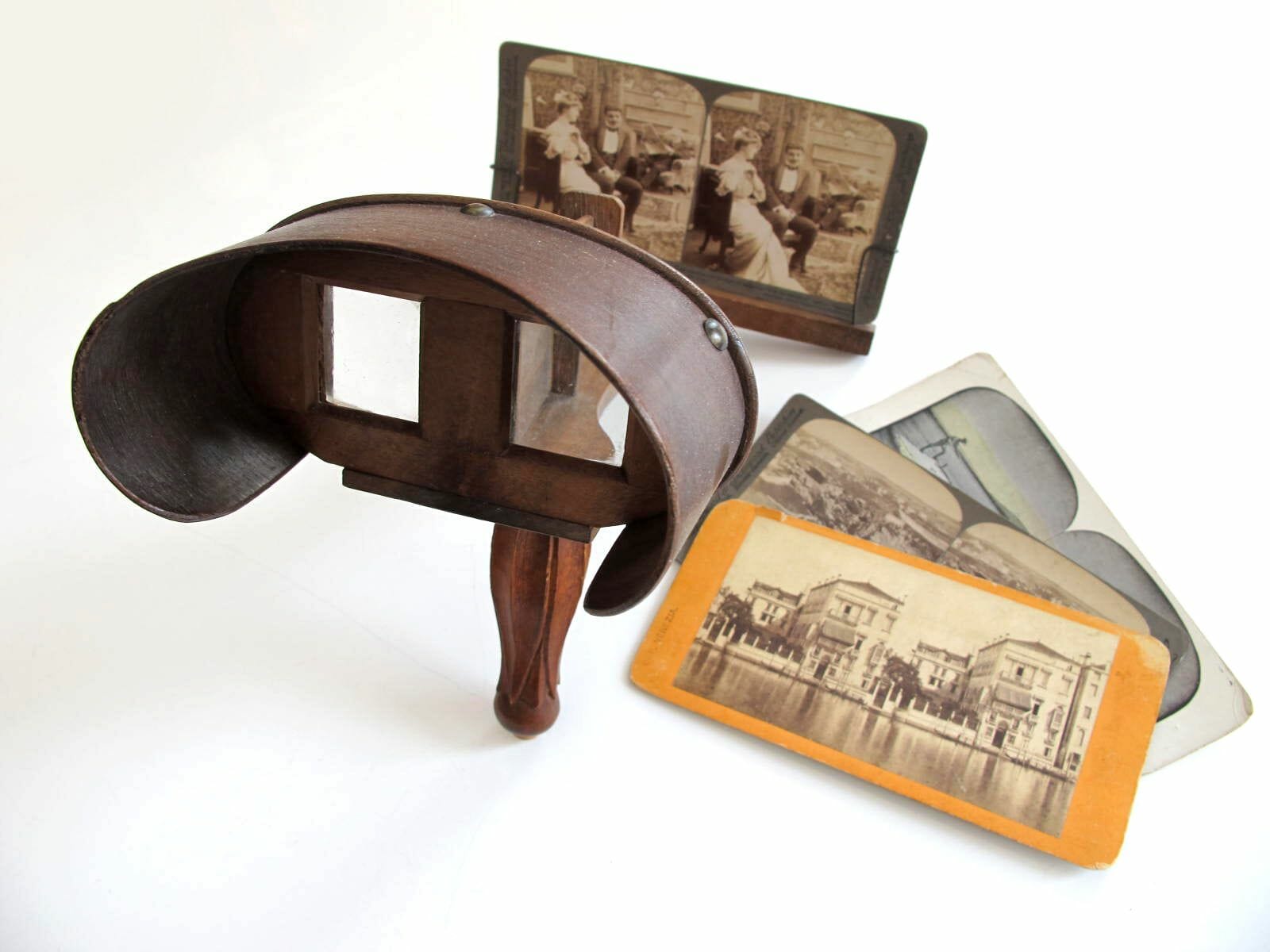The Fascinating History of Virtual Tour : How it All Start
Virtual tours are an essentialpart of the real estate industry and a way to offer more information about properties to potential buyers. But where did this fantastic innovation come from? Read on for the fascinating history of virtual tours!
What is a virtual tour?
A virtual tour is a digital recreation of a real-world environment, usually created using 360-degree panoramic images. It can also include additional elements like voiceovers, music, and text annotations. Virtual tours are used for a variety of purposes, including education, real estate, tourism, and event planning.
The first modern virtual tour was created in the early 1990s by NASA to allow people to explore the newly launched Space Shuttle Endeavour. The shuttle’s debut mission was delayed due to bad weather, so NASA decided to create a 3D model of the shuttle that people could explore online. This virtual tour was created using black-and-white photos stitched together to create a 360-degree panorama.
Since then, virtual tours have evolved considerably. They’re now available in full color and high definition, and they can be experienced on a variety of devices, from computers and laptops to smartphones and VR headsets. Virtual tours are also being used in new and innovative ways, such as providing immersive experiences for online shoppers and giving people virtual access to inaccessible locations.
The History of Virtual Tours
Virtual tours began in the late 1800s when panoramic photographs became popular. These photos were taken from high vantage points, using special cameras that allowed for a wide field of view. They were often used to capture landscapes or cityscapes, and were sometimes even stitched together to create 360-degree views.



